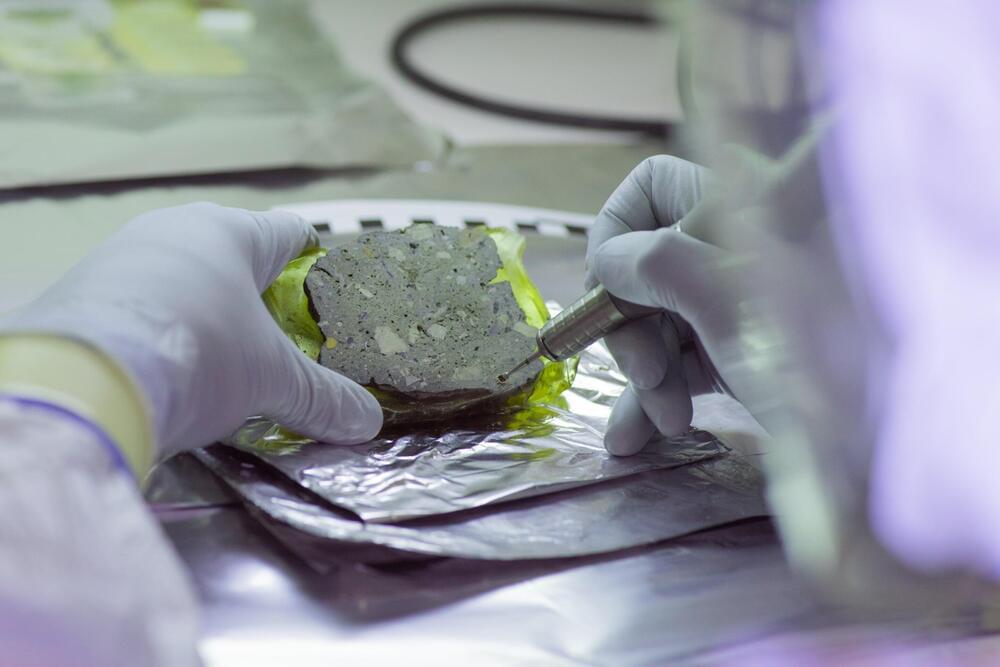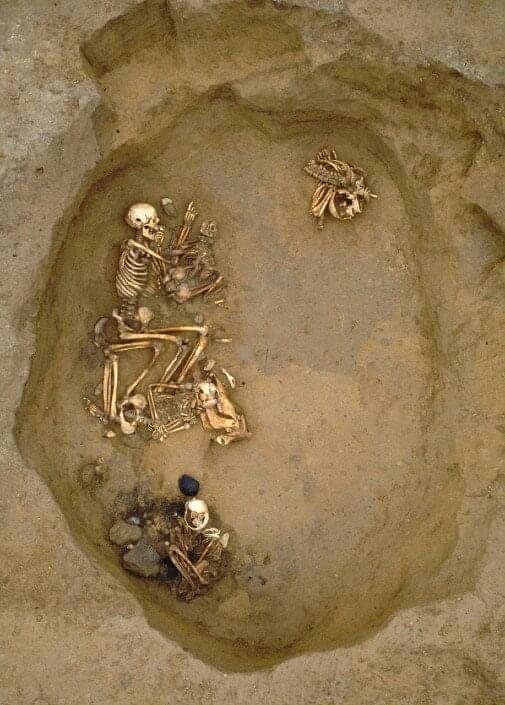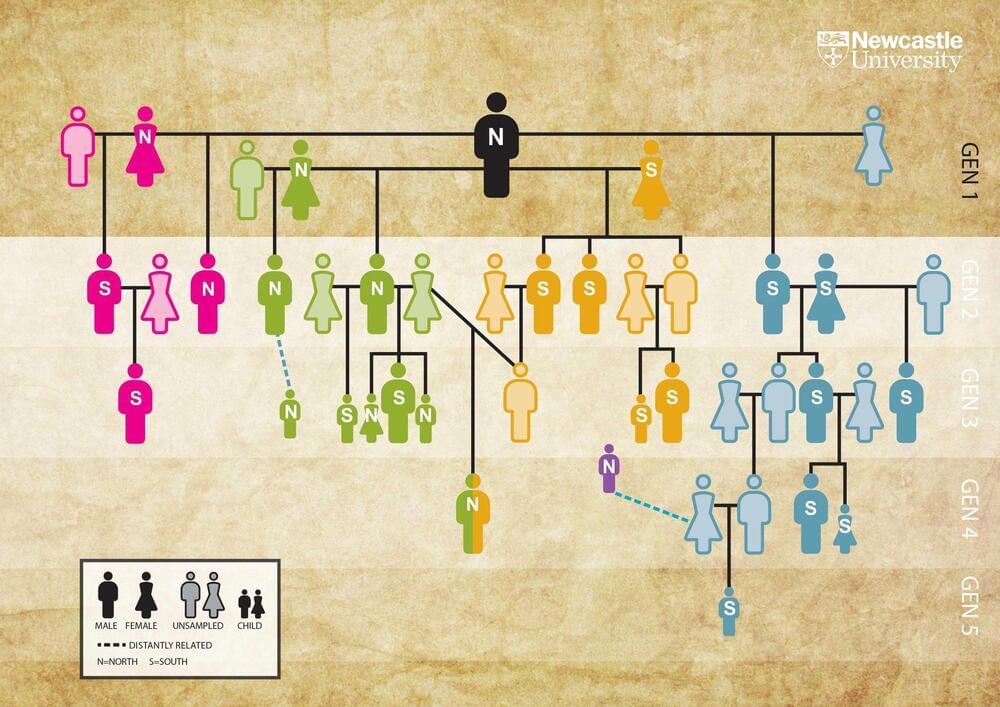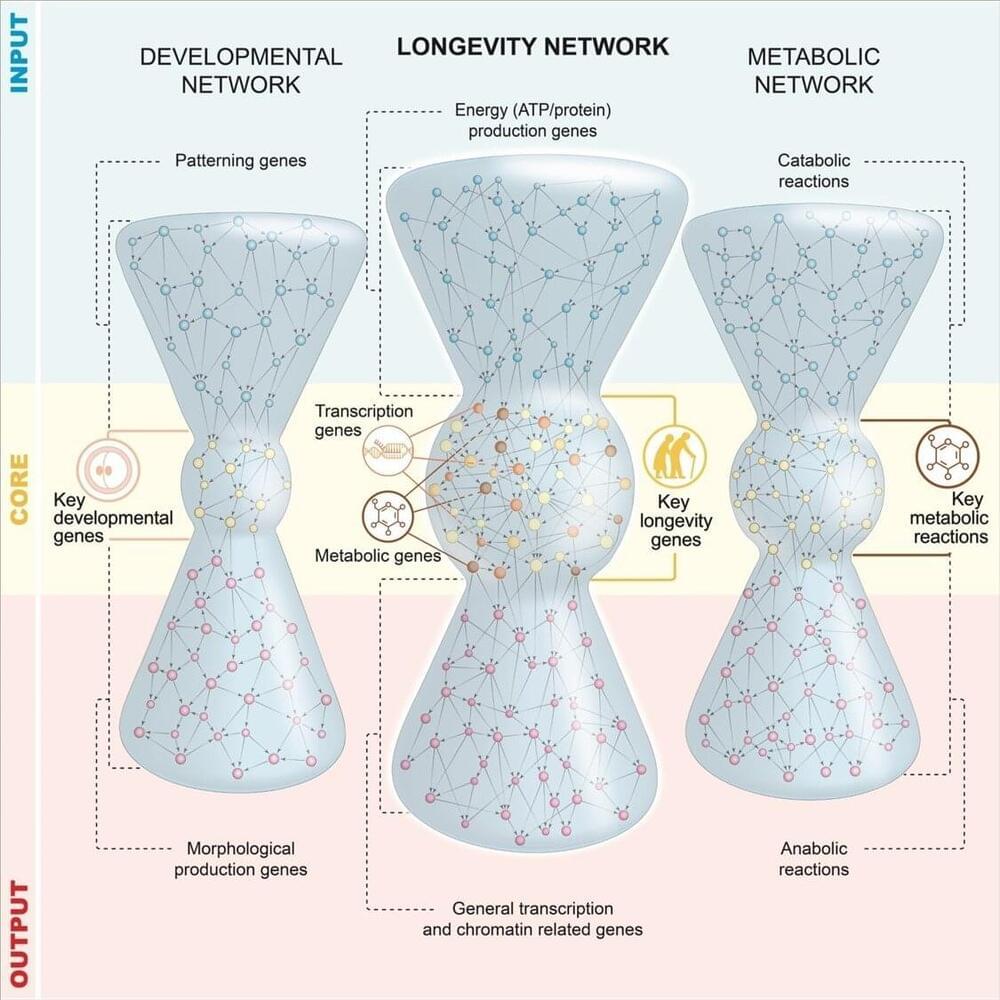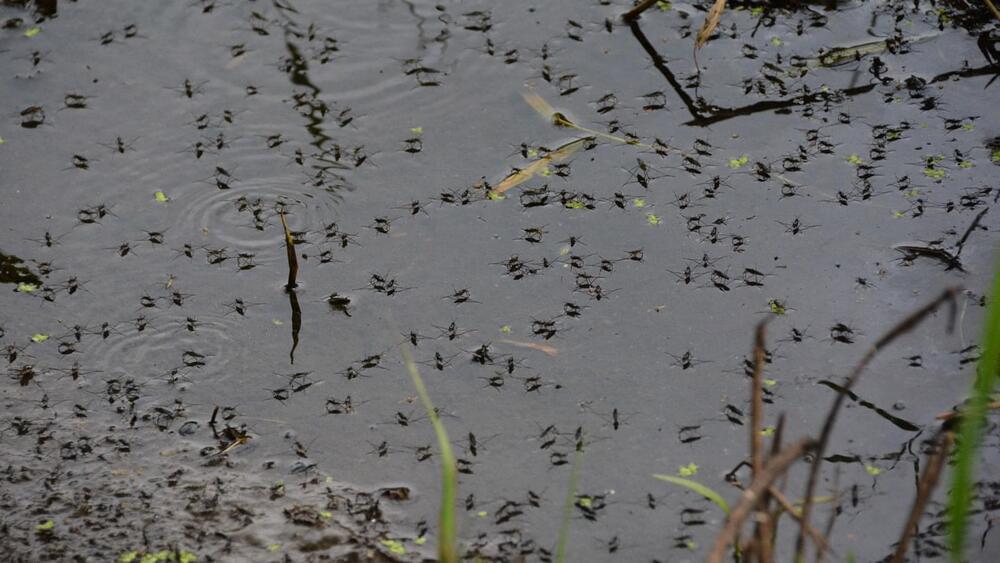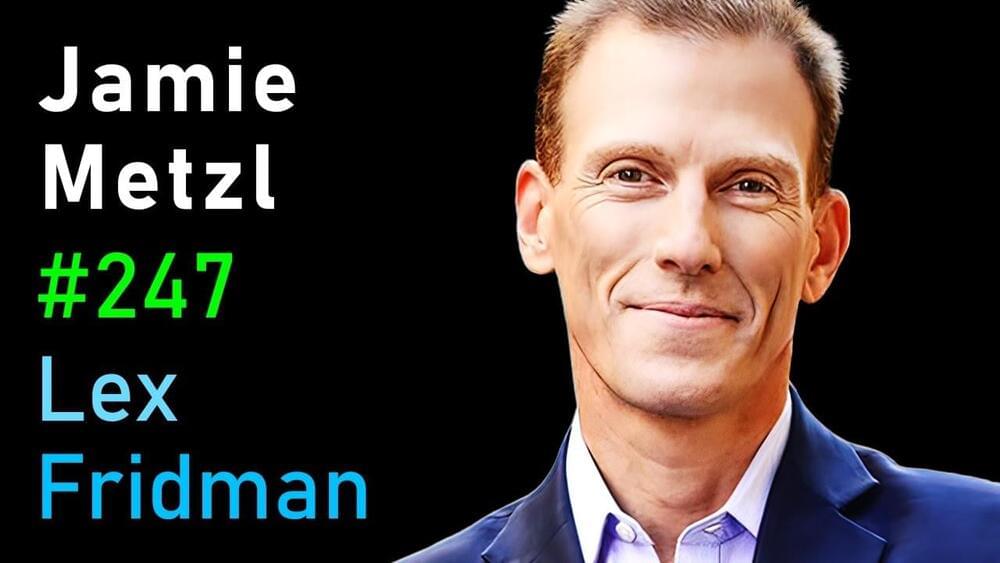Sediments in which archaeological finds are embedded have long been regarded by most archaeologists as unimportant by-products of excavations. However, in recent years it has been shown that sediments can contain ancient biomolecules, including DNA. “The retrieval of ancient human and faunal DNA from sediments offers exciting new opportunities to investigate the geographical and temporal distribution of ancient humans and other organisms at sites where their skeletal remains are rare or absent,” says Matthias Meyer, senior author of the study and researcher at the Max Planck Institute for Evolutionary Anthropology in Leipzig.
To investigate the origin of DNA in the sediment, Max Planck researchers teamed up with an international group of geoarchaeologists—archaeologists who apply geological techniques to reconstruct the formation of sediment and sites—to study DNA preservation in sediment at a microscopic scale. They used undisturbed blocks of sediment that had been previously removed from archaeological sites and soaked in synthetic plastic-like (polyester) resin. The hardened blocks were taken to the laboratory and sliced in sections for microscopic imaging and genetic analysis.
The researchers successfully extracted DNA from a collection of blocks of sediment prepared as long as 40 years ago, from sites in Africa, Asia, Europe and North America. “The fact that these blocks are an excellent source of ancient DNA—including that originating from hominins—despite often decades of storage in plastic, provides access to a vast untapped repository of genetic information. The study opens up a new era of ancient DNA studies that will revisit samples stored in labs, allowing for analysis of sites that have long since been back-filled, which is especially important given travel restriction and site inaccessibility in a pandemic world,” says Mike Morley from Flinders University in Australia who led some of the geoarchaeological analyses.
